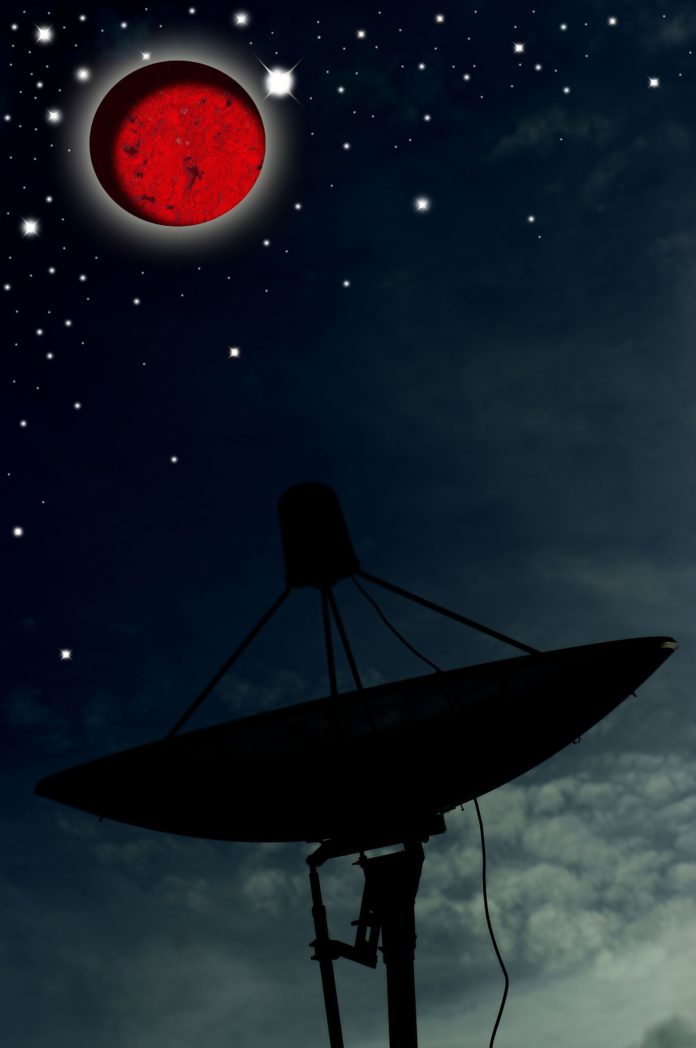There is a lot that human beings do not know about the universe. This lack of knowledge is why scientists are always looking to beyond our atmosphere, or under our feet. They want to find answers as to why the universe operates as it does. And they usually do albeit after extensive periods.
Earlier this year, a group of Harvard scientists proposed a theory as to where some strange signals called Fast Radio Bursts (FRBs) come from. It may have sounded a bit absurd to say they are messages from aliens but hey, who has a better explanation? A team from Australia think they do.
What are FRBs?
There is no precise definition for FRBs, mainly because like dark matter, so little is known about them.
FRBs are fundamentally radio energy signals much like the radio waves most people are familiar with, but for a few differences. For one, FRBs are very fast. In fact, scientists have only been able to record about only twenty of them in the last decade because FRBs last for only a fraction of a second. These signals are thought to travel over astronomical distances though their origin is unknown. Finally, FRBs are so luminous they out bright anything in earth’s galaxy a billion to one and this makes them easier to see at night.
Are FRBs from outer space?
According to a paper set to be published in the next edition of the Monthly Reports to the Royal Astronomical Society, they are.
The paper was co-authored by Ph.D. candidate Manisha Caleb of the Australian National University and Chris Flynn of the Swinburne University of Technology.
Flynn said that their study had been more successful than previous ones because they used a different telescope. “Traditionally we used single-dish radio telescopes to detect FRBs. The defect this method had was that we could ‘hear’ the FRBs, but we could never tell where they were coming from,” Flynn said. For this study, the researchers used the Australian Capital Territory’s telescope MOST, more commonly known as the Molonglo Telescope.
The Molonglo Telescope has several UTMOST antennas which make it better than the previously-used dish-like telescopes for locating FRBs. The antenna enables scientists to collect FRB signal ranges for up to 194,000 square feet.
However, the telescope has one drawback that worked to the advantage of the team conducting the study. The telescope, because of its sophistication, can only detect signals that are beyond the earth’s atmosphere.
When Caleb and Flynn, therefore, aimed the MOST at the night sky and received three signals, they knew that the waves had come from outer space. Since the signals matched those of previously-recorded FRBs, the team concluded that FRBs come from outer space.
Caleb stated that she and her fellow researchers could not tell the exact position the FRBs originated from, only that two came from beyond the Milky Way. She added that the team planned on modifying the MOST to get these locations. “Knowing where the FRBs originate from will bring us closer to understanding them,” concluded Caleb.
The scientific community is being cautious in accepting the hypothesis, seeing as how waves from a microwave were once mistaken to have been originating from outer space too.




